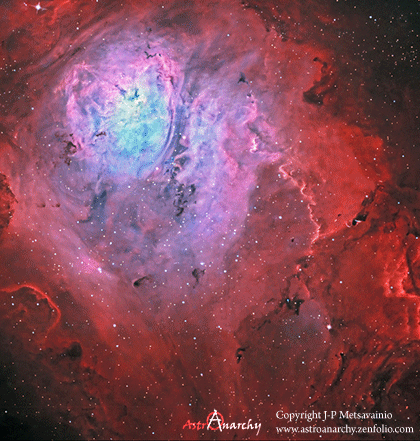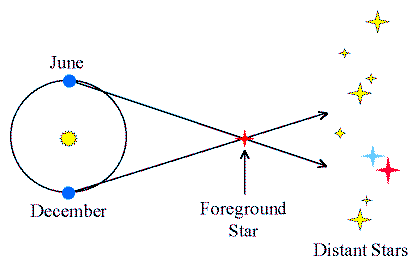I was going to ask, is that how it was done? It's actually real parallax? If so, very impressive indeed.
Cheers,
Drew.
Yes, the Earth's orbit around the sun basically acts like a pair of eyes for us, we are able to measure the parallaxes of nearby stars.
String these images together and you have a partial 3D image like that. The more images the better the resolution of the 3D movie there [like a GIF file really].
And whilst on the use of parallax ...
The
Hipparcos satellite [An acronym for
High Precision Parallax Collecting Satellite] (launched by the European Space Agency in 1989) measured precision parallaxes to an accuracy of about 0.001-arcsec.
- Hipparcos measured parallaxes for about 100,000 stars
- Got 10% accuracy distances out to about 100 pc
- Also got good distances for bright stars out to 1000 pc.
So here's a bit of fun for you, [warning, it my make you go cross eyed.]

Click:
http://www.rssd.esa.int/index.php?project=HIPPARCOS&page=stereo
Also, the Gaia mission is due for launch in October 2013 will be even more precise. It will be doing a three-dimensional map of our Galaxy surveying an unprecedented one per cent of its population of 100 billion stars. Gaia will be able to measure a star's position and motion 200 times more accurately than Hipparcos. Now thats some cool science.
 http://sci.esa.int/jump.cfm?oid=28820
http://sci.esa.int/jump.cfm?oid=28820



